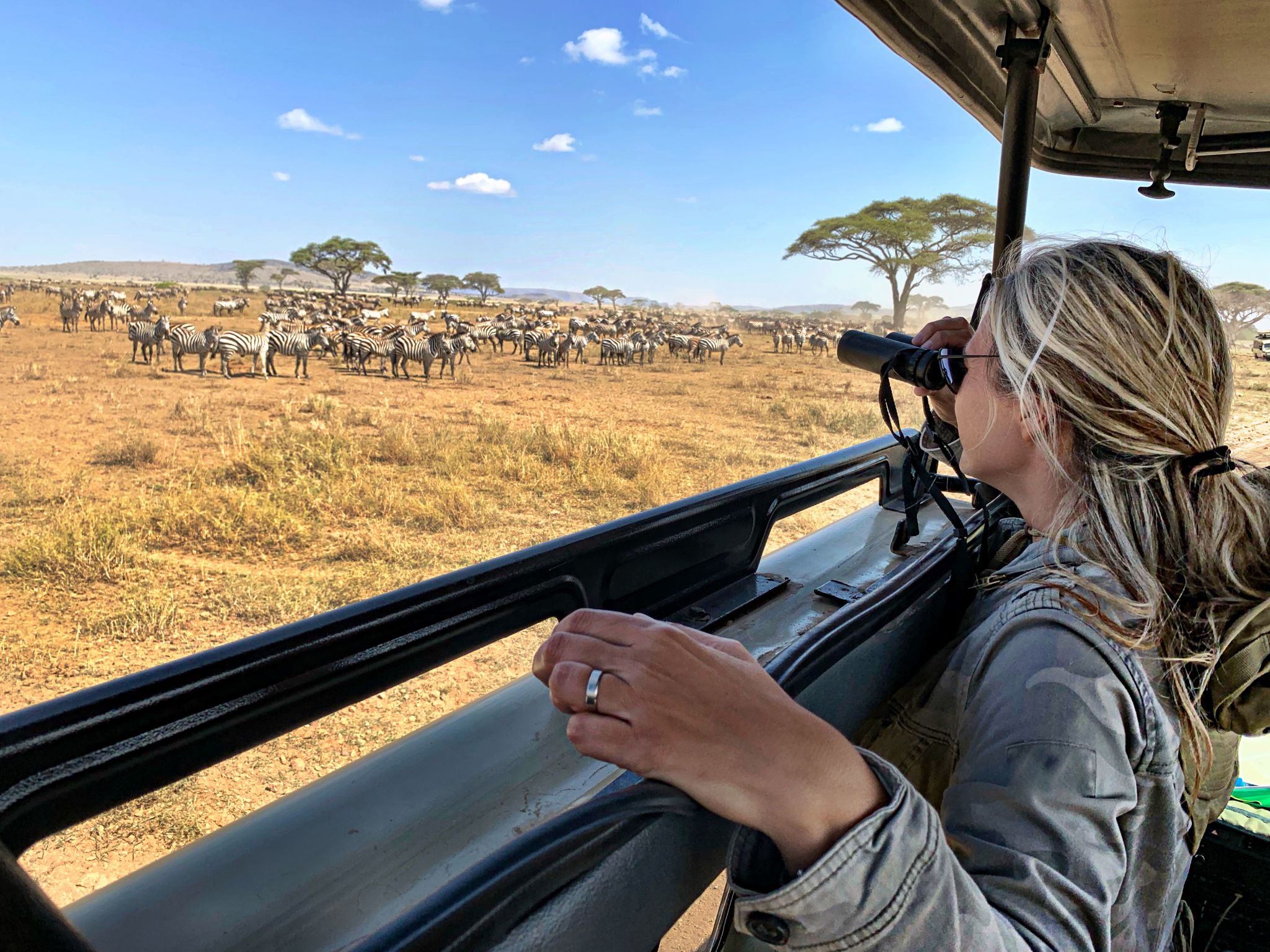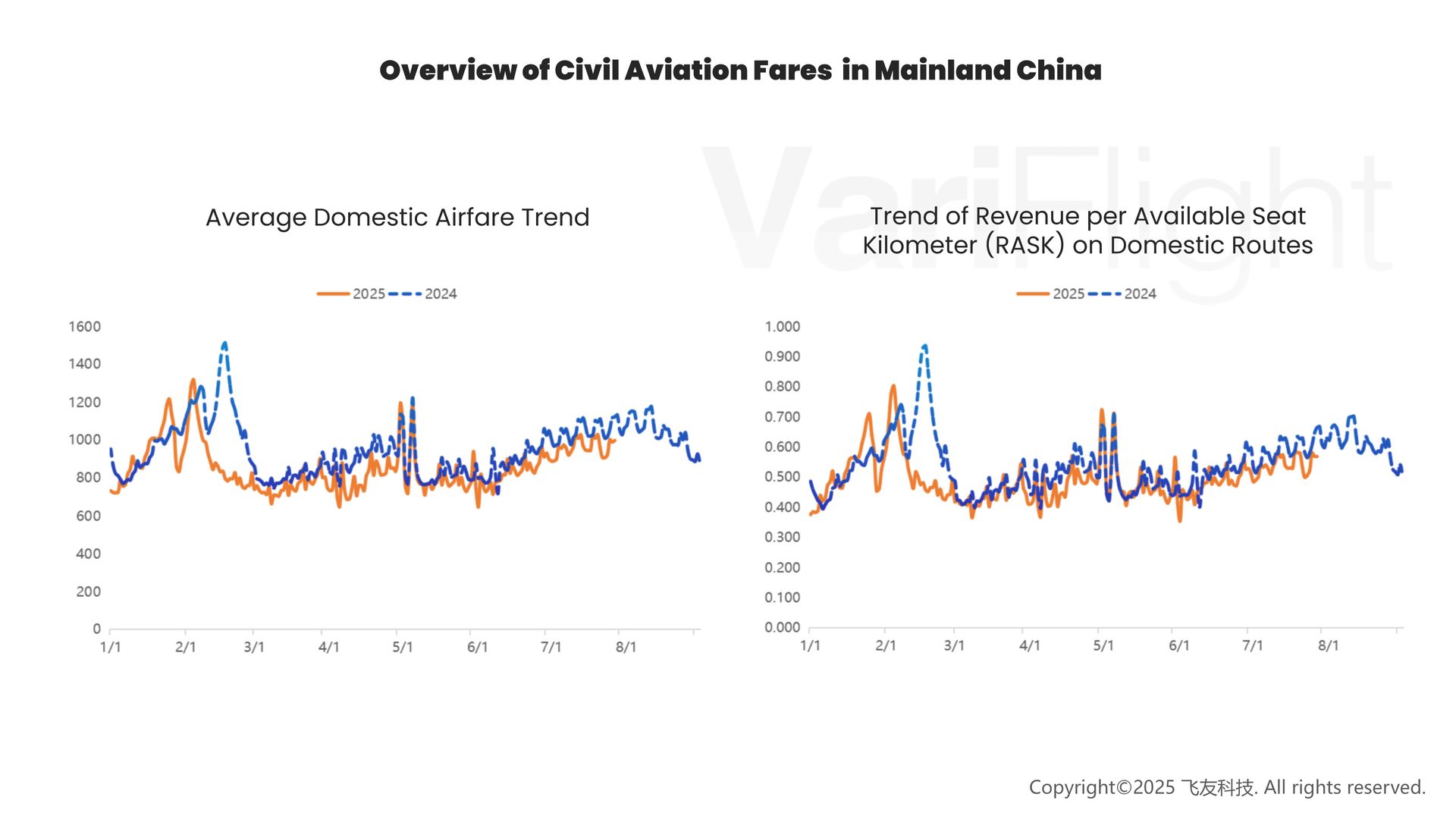The Rise of the African Tourism Industry: Flight Data-Driven Transformation
bc
Rapid Growth Backed by Hard Data
The African tourism industry is experiencing unprecedented recovery and expansion. In 2025, analysts project total revenue to reach $25.29 billion, with a compound annual growth rate (CAGR) of over 7.3%. Analysts expect the adventure tourism market to reach $18.4 billion by the end of this year. It could grow to $53.9 billion by 2035, with an annual growth rate of 11.2%.

The sector directly generates around 3.9 million jobs in Africa. Top-performing countries—including Kenya, South Africa, and Morocco—are seeing record international arrivals. For instance, experts expect Kenya’s tourism in 2025 to create 1.7 million jobs and contribute more than 8% to GDP.
Key drivers include Africa’s unique wilderness, eco/adventure experiences, rich culture, and world heritage sites (as seen in Namibia, Rwanda, Zimbabwe, etc.).
Pain Points Facing the African Tourism Industry
Keyword research for "African tourism industry" and recent reports show that the sector has several structural challenges.
Limited Air Connectivity: Most African countries lack direct air links, with fragmented regional aviation markets. International tourists often face multiple stopovers, which increases travel cost and complexity.
Visa and Policy Barriers: Cumbersome visa processes and limited e-visa options restrict seamless cross-border tourism.
Lack of Operational Transparency: There is little real-time data on flight status, airport capacity, and fare changes. This makes it hard for businesses to make decisions and for travelers to have a good experience.
Infrastructure Gaps: Many key tourist destinations have underdeveloped airports and limited ground service capacity.

There aren't enough good platforms for sharing data. This affects airlines, tourism operators, ground transport, and attractions. This leads to inefficient peak season scheduling and suboptimal customer service.
Safety and Compliance Pressures: The need for real-time safety monitoring and regulatory reporting is increasing. Weather integration is also important in the aviation-tourism value chain.
How Aviation Data Empowers the African Tourism Industry
1. Route Development and Smart Scheduling
Using passenger flow assessments, historic booking data, and transfer efficiency evaluations, airlines and tourism bodies can identify and optimize high-potential routes.
For example, by analyzing passenger flow and travel demand data, African aviation stakeholders and tourism authorities are able to identify underserved routes and optimize flight schedules, making it possible to launch new connections where demand is proven rather than relying on anecdotal evidence.
Seasonal and event-based data support dynamic adjustment of flight frequencies to boost efficiency during peak times.
2. Enhancing Traveler Experience with Real-Time Data
Real-time flight status APIs allow timely notifications about delays, gate changes, or weather, improving order fulfilment and satisfaction.
Smart baggage tracking, predictive crowd management, and digital border formalities greatly enhance the seamless travel experience.

3. Enhancing Flight Comfort with Data
African airlines can use aviation data to make passenger comfort better. They can provide personalized seating options. They can also enhance the cabin environment.

Additionally, they offer in-flight services based on traveler preferences and feedback. Real-time data keeps comfort-related amenities, like entertainment systems and Wi-Fi, in good shape. This gives tourists a more enjoyable and stress-free flying experience.
4. Flight Transfer Products
VariFlight’s flight transfer solution uses real-time status data. It helps improve connecting flights.
The solution offers dynamic transfer planning and accurate minimum connection time calculations. It also provides instant updates on delays or changes. This helps OTAs and travel providers suggest the best transfer options for travelers. It ensures smooth, flexible, and reliable connections between different airlines and airports.
5. Data Analytics and Forecasting Reports
Aviation data platforms now provide predictive analytics and detailed forecasts. These reports show expected passenger flows at airports for the next six months. This information helps OTAs, DMCs, and local travel businesses change their strategies.
Travel companies can buy and analyze these reports. This helps them evaluate future marketing budgets. They can also optimize how they use resources. This boosts efficiency as market demand changes.

Try Aviation Data Tools for Free—Accelerate Digital Transformation
Organizations in the African tourism industry can go digital. There are leading aviation data platforms available. These platforms offer free trials.
DataWorks is a sub-brand of VariFlight, specializing in aviation data solutions for B2B enterprises. Our data covers 97% of commercial flights worldwide, including more than 1,200 airlines and over 10,000 airports. We offer a free 14-day API trial. Click here to learn more.
